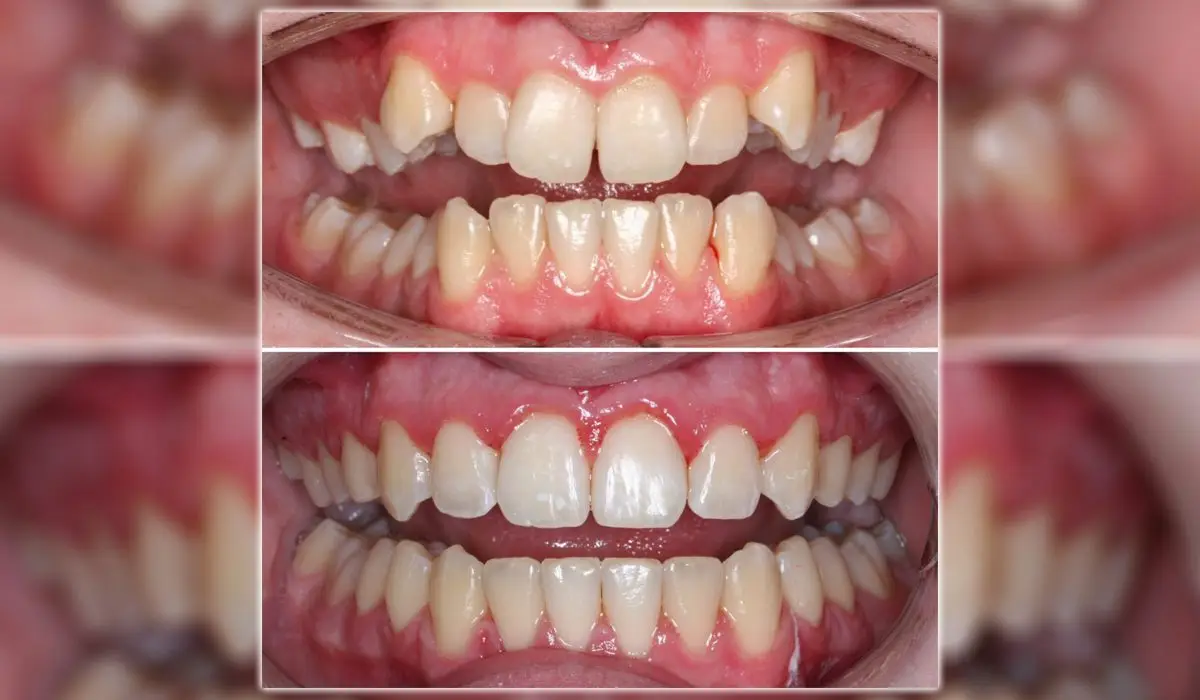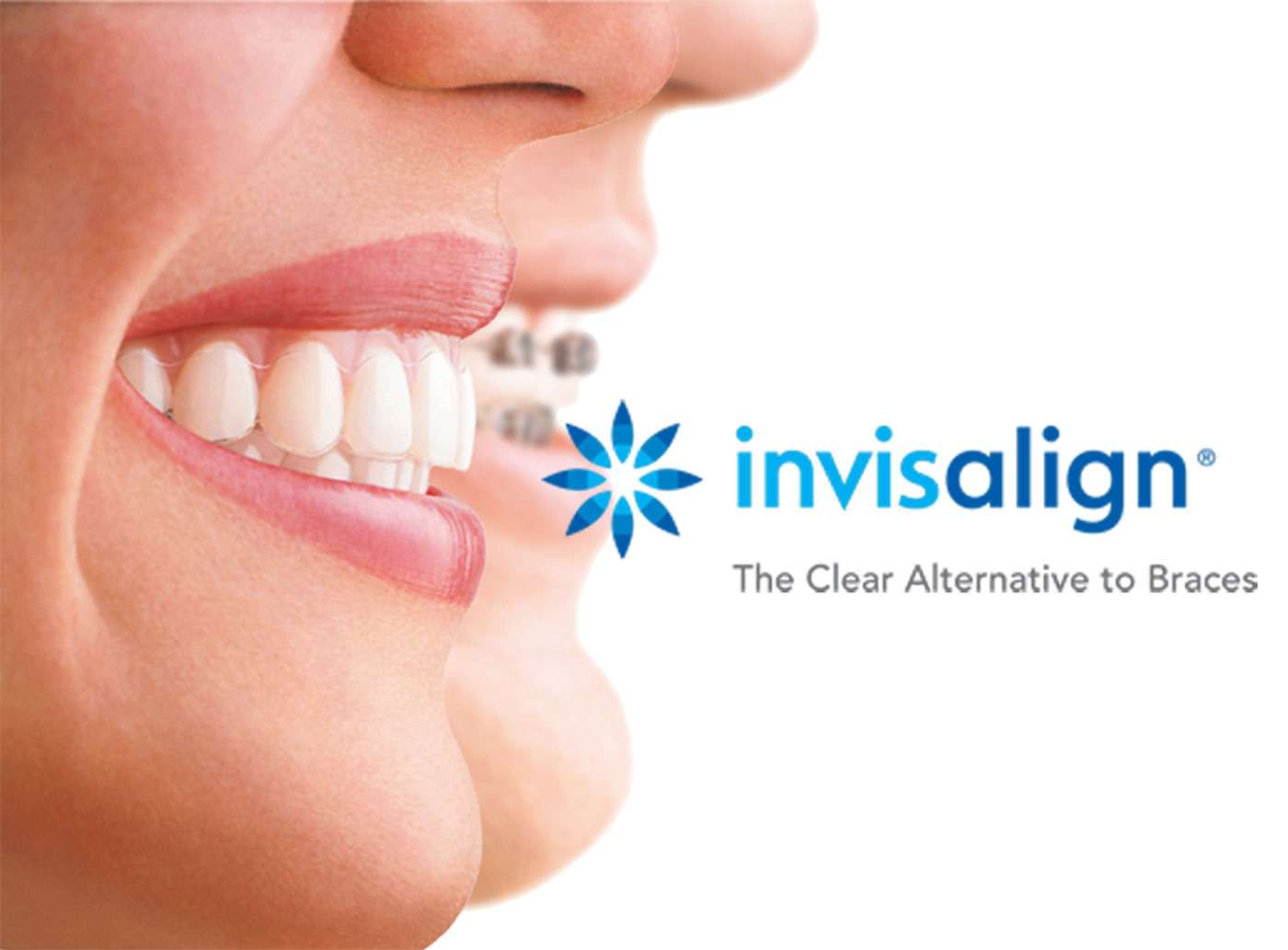Leading Factors to Pick Invisalign Over Other Orthodontic Treatments
Wiki Article
Invisalign vs. Conventional Braces: Which Choice Is Right for You?
When taking into consideration orthodontic treatment, the choice between Invisalign and typical braces provides numerous vital factors that merit careful assessment. Invisalign uses a very discreet alternative with removable aligners, while typical dental braces offer a much more noticeable yet effective service for extreme misalignment. Each option incorporates distinctive benefits and downsides associated with appearances, convenience, treatment duration, and price. Recognizing these nuances is essential for making an informed decision that lines up with your personal choices and lifestyle. The concern continues to be: which choice will best satisfy your orthodontic requirements and expectations?Summary of Treatment Choices

In comparison, traditional braces contain metal braces and cords that are bonded to the teeth. This approach uses continuous pressure over time to achieve positioning. While efficient for complicated orthodontic problems, typical braces need normal visits for modifications and can pose difficulties in keeping oral health because of the trouble of cleansing about cables and braces.
Both alternatives have their benefits, and the choice typically hinges on details dental conditions, lifestyle choices, and patient conformity. Ultimately, seeking advice from an orthodontic specialist is critical for identifying the most appropriate therapy plan tailored to private needs. Comprehending the nuances of each choice can dramatically influence the total success of orthodontic treatment.
Visual Considerations
A significant variable influencing the choice in between Invisalign and standard braces is the visual charm each treatment uses. Invisalign aligners are crafted from clear plastic, making them practically invisible when put on.In contrast, traditional dental braces include steel brackets and cables, which can be much more recognizable. While improvements in orthodontic technology have actually led to the growth of smaller braces and colored elastics, standard dental braces still preserve an even more conspicuous account. For some people, the exposure of dental braces may hinder them from seeking essential treatment.
Inevitably, the choice between Invisalign and typical braces might rest on individual preferences pertaining to aesthetics. Individuals who prioritize discretion commonly lean toward Invisalign, while those that are much less concerned regarding presence may go with conventional dental braces. Understanding the aesthetic effects of each option is vital for making an informed decision that straightens with one's way of life and choices.
Convenience and Convenience

In regards to benefit, Invisalign aligners are detachable, allowing individuals to enjoy their favorite foods without constraint and preserve optimal dental health. Brushing and flossing are streamlined, as the aligners can be secured during these regimens, whereas standard braces call for cautious maneuvering around wires and braces.
Additionally, Invisalign's dynamic system enables fewer orthodontic brows through. Individuals typically obtain several collections of aligners at when, which can streamline the therapy process and lower time spent in the orthodontist's chair. In comparison, standard dental braces necessitate routine adjustments, making them much less convenient for those with hectic schedules. Invisalign. Generally, the convenience and benefit of Invisalign make it an appealing option for several individuals looking for orthodontic treatment.
Therapy Duration and Efficiency
While both Invisalign and typical braces are efficient in dealing with dental imbalances, the period of treatment can vary dramatically in between both choices. Typically, Invisalign treatment can take anywhere from 12 to 18 months, relying on the complexity of the case. The clear aligners work by slowly changing teeth right into their desired positions, and routine follow-ups with an orthodontist assistance make sure progression remains on track.
In comparison, conventional braces commonly require a longer commitment, usually ranging from 18 months to 3 years. This is because of their fixed nature and using brackets and cables, which can be much more reliable for severe misalignments and intricate instances (Invisalign). The treatment performance of traditional braces is well-documented, as they enable for specific adjustments and better control over tooth movement
Ultimately, the choice between Invisalign and traditional dental braces might rest on both the expected therapy duration and the certain dental problems available. Consulting with an orthodontist is critical, helpful site as they can give customized suggestions based on individual demands, making certain the picked approach straightens with preferred outcomes and durations.
Cost Contrast and Insurance Coverage Options
Cost plays a substantial role in the decision-making procedure for people thinking about orthodontic treatment, whether selecting Invisalign or typical braces. Generally, the expense of Invisalign ranges from $3,000 to $8,000, while typical braces typically set you back between $2,000 and $6,000. Variables influencing these prices include the intricacy of the situation, the period of treatment, and geographical area.Many oral insurance plans give partial protection for orthodontic therapies, but the specifics can differ widely. Normally, standard braces might be more often covered by insurance policy plans compared to Invisalign, which some insurance companies classify as an aesthetic treatment.
Additionally, several orthodontic practices provide versatile layaway plan, making both therapy alternatives extra accessible. Clients ought to ask about prospective financing choices and discount rates for in advance repayments. Examining the overall expense, including insurance coverage benefits and layaway plan, is vital for making a notified decision that lines up with both aesthetic preferences and spending plan factors to consider.

Final Thought
In summary, the choice between Invisalign and typical dental braces rests on several elements, including aesthetic choices, convenience, treatment link duration, and cost. Invisalign offers a very discreet, detachable choice that assists in oral hygiene and nutritional versatility, while standard braces might be better for complicated dental concerns and commonly come at a lower rate factor. Ultimately, consultation with an orthodontist is vital to analyze specific scenarios and identify the most ideal treatment option for attaining ideal dental placement.When thinking about orthodontic therapy, the option between Invisalign and typical braces offers a number of important variables that merit mindful examination.Comparing Invisalign and standard braces exposes distinct treatment alternatives for orthodontic modification.While both Invisalign and traditional dental braces are effective in dealing with dental imbalances, the period of therapy can differ substantially in between the two choices.Cost plays a substantial duty in the decision-making procedure for individuals taking into consideration orthodontic therapy, whether deciding for Invisalign or traditional braces.In summary, the selection in between Invisalign and conventional dental view it now braces hinges on several aspects, consisting of aesthetic choices, comfort, therapy period, and cost.
Report this wiki page